What 3 years at Wiz taught me about B2B marketing ✨
How we built the fastest-growing security startup in history.
I’m Tom, Director of Growth Marketing at Wiz.
For the past three years, my team and I have been behind Wiz’s organic presence online - the social media, website, and viral projects that generate buzz about our brand. From a toy store for CISOs to Broadway musicals and a Kubernetes course taught by golden retriever puppies, we’ve launched some of the weirdest campaigns in B2B history.
The results speak for themselves. Wiz became the fastest company ever to reach $1B valuation (18 months). Then the fastest to $10B (just over 3 years). Our LinkedIn following grew to 365,000+ and our content regularly goes viral in an industry known for being, well, boring.
My team doesn’t handle paid ads or email campaigns - other teams do that important work. What we do is different. We focus on making people stop scrolling.
Here’s what three years of experimentation taught me about building a B2B brand that people actually care about. ↓
Your first 10,000 fans come from doing what big companies can’t do
When you’re small, everyone tells you to follow the playbook:
Blog twice a week, gate your best content, pray for MQLs.We tried that. We were shouting into the void.
Meanwhile, bigger competitors with million-dollar budgets owned the traditional channels. We needed attention TODAY. Not next quarter.
So we asked ourselves: What can we do that a large enterprise would never approve? What would make someone actually want to share our content? What’s impossible to copy?
The answer was simple: Stop acting like a B2B company.
We killed our content calendar and grew 10x faster
Content calendars make you create boring content. We now believe in “drops” - launching unexpected B2C-style content that surprises people.
A children’s book about cloud security. Card games featuring famous attack paths. A job board specifically for cloud security roles.
Each drop is an experiment. If something doesn’t resonate, it quietly disappears. Trust me, no one remembers failures when you’re shipping something new every week. But when something connects, it spreads organically like wildfire 🔥
We treat our “drops” as gifts to the internet. And the internet rewards generosity with attention. Industry thought leaders praise us for them as well.
We broke every rule and CISOs loved it
Every security company uses the same playbook. With dark websites and scary headlines, they all scream ”hackers are coming for you” vibes.
We did the opposite. Bright colors. Actual humor. Fun booth designs at conferences.
We learned that CISOs are exhausted from fear-based marketing. They just want to not hate their job for 5 minutes.
We gave them that. And they loved us for it.
I learned that being different isn’t risky. Looking exactly like everyone else is risky.
The entire playbook fits on a napkin
After three years of testing, I think I’ve found the formula for extremely viral “drops”:
Take one expected format + combine it with one unexpected audience.That’s it.
Musicals → A musical for CISOs
Kubernetes training → Kubernetes training for puppies lovers
Toys → A toy store for security professionals
Meditation → A meditation app for burned-out CISOs
Change too many variables and people get confused. Change nothing and people keep scrolling.
The sweet spot is taking something universally familiar and giving it ONE weird twist. It’s pattern interruption that still feels recognizable.
Make your customers the heroes of every story
We rarely talk about ourselves when we can talk about our customers.
Every customer win becomes content for us. But not boring case studies. We celebrate CISOs through fun storytelling, like interviewing them at a bar:
We started giving out ‘Cloud Security Excellence’ certificates to customers who eliminate all critical security issues using our platform. When they reach zero, we send a personalized certificate. And they share it.
We also started sending certificates to people who completed our challenges, and our social shares jumped by 300% almost overnight.
The real trick is to make the recipient’s name the largest element in the image (not your own logo)
When you make your customers look brilliant online, they share it with their entire network. Their network sees it and wants the same recognition.
It’s really simple: Make other people look good, and good things happen.
Your employees’ networks matter more than your follower count
Most marketers I know treat employee advocacy like homework.
They send a weekly email, ask people to share the blog post, and maybe run a leaderboard. It never works because it feels forced.
We built a different system:
We do 100% of the work. Employees get 100% of the credit.Before every conference, we create personalized graphics for each attendee and pre-written posts:
It’s super easy for them to copy-paste-post.
Same playbook for everything else.
Product launches → We DM engineers with suggested posts celebrating their specific feature.
Work anniversaries → Auto-send GIFs that make them look good.
Our CEO leads by example - sharing customer wins, celebrating team members, dropping industry hot takes. When leadership is active, everyone follows.
Now our employees generate millions of impressions organically. No forced sharing. No awkward corporate posts. Just people sharing their work.
Behind every viral moment is unsexy work
Despite all the fun campaigns, most of our work isn’t glamorous.
For every viral drop, there are dozens of failed experiments. For every brilliant idea, there are weeks of iteration. For every celebrating post, there are late nights fine-tuning details nobody will notice.
But you must remember the magic of shipping constantly: Your failures disappear fast. The internet has the memory of a goldfish. 🐠
Meanwhile, your wins compound. They build on each other. They create a narrative. “Did you see what Wiz did this time?” becomes your brand.
So my advice to you is this:
Ship a lot of drops. The few hits will build your entire brand.Not everything will work, and that’s the point. Most marketers are so terrified of 90 failures that they never get their 10 wins.
The biggest risk in B2B marketing isn’t being too creative.
It’s being the same as everybody else.
See you next week ✌️
Tom
If you enjoyed this article, please tap the Like button below ♥️ Thank you!



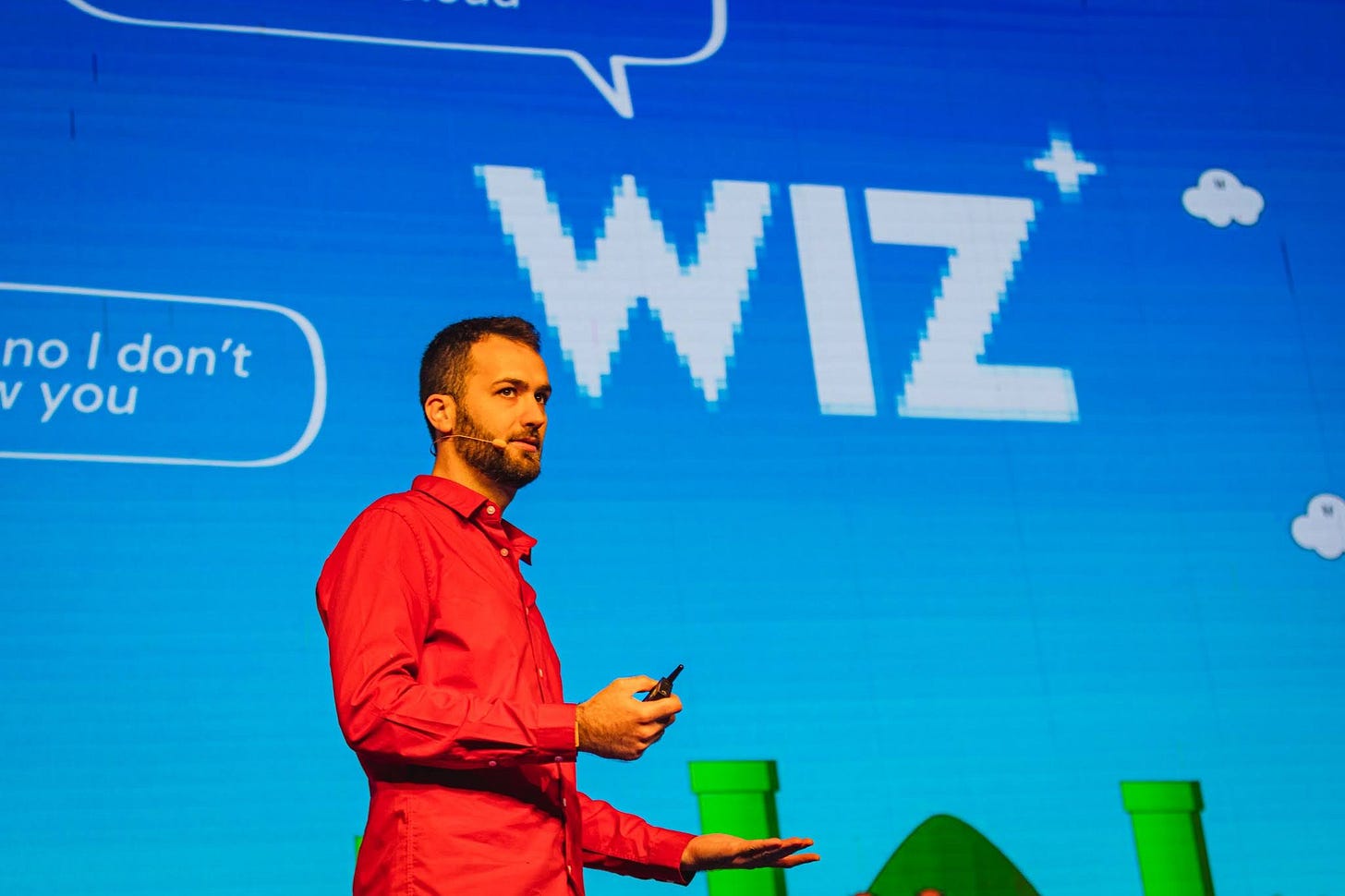
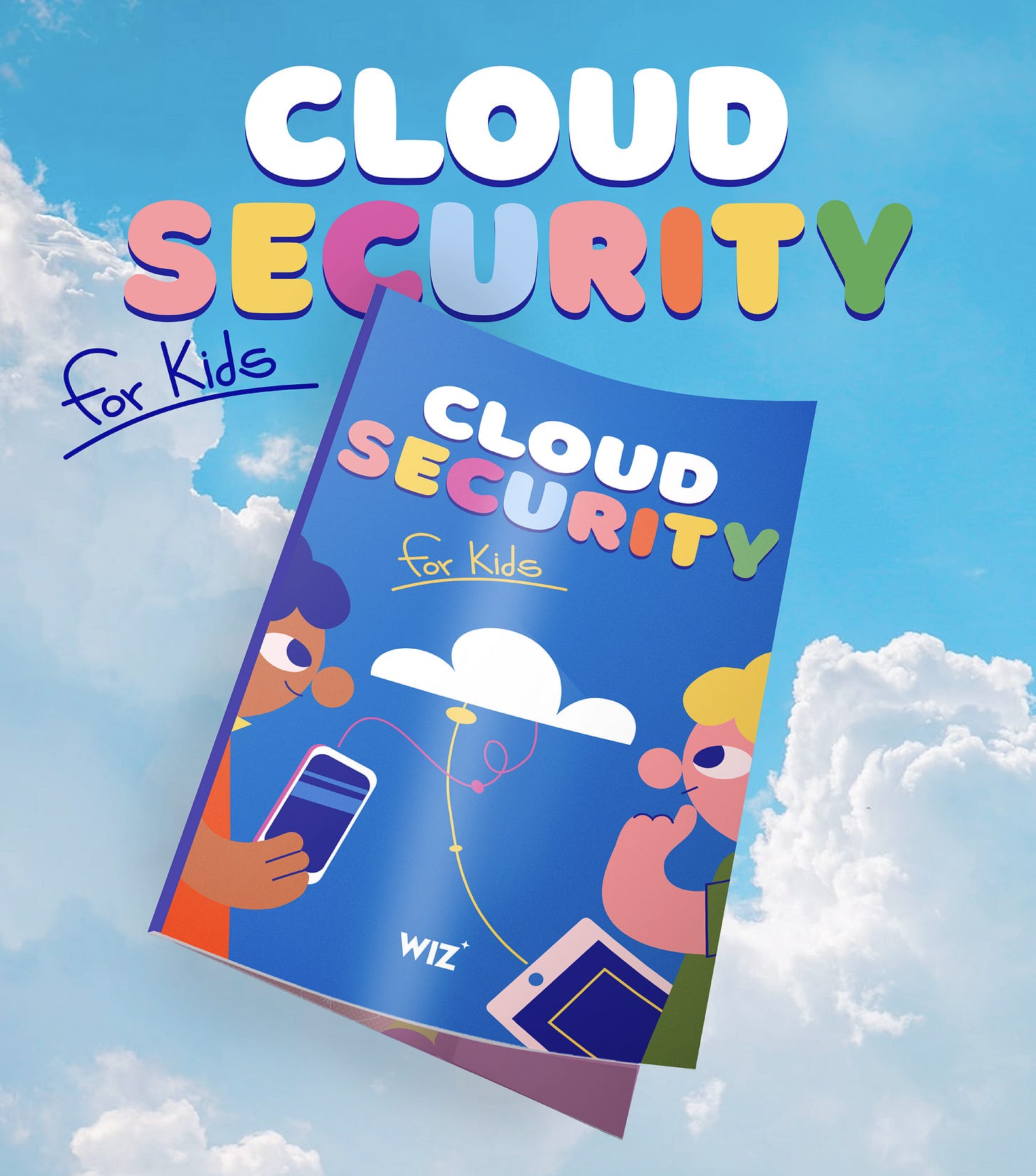

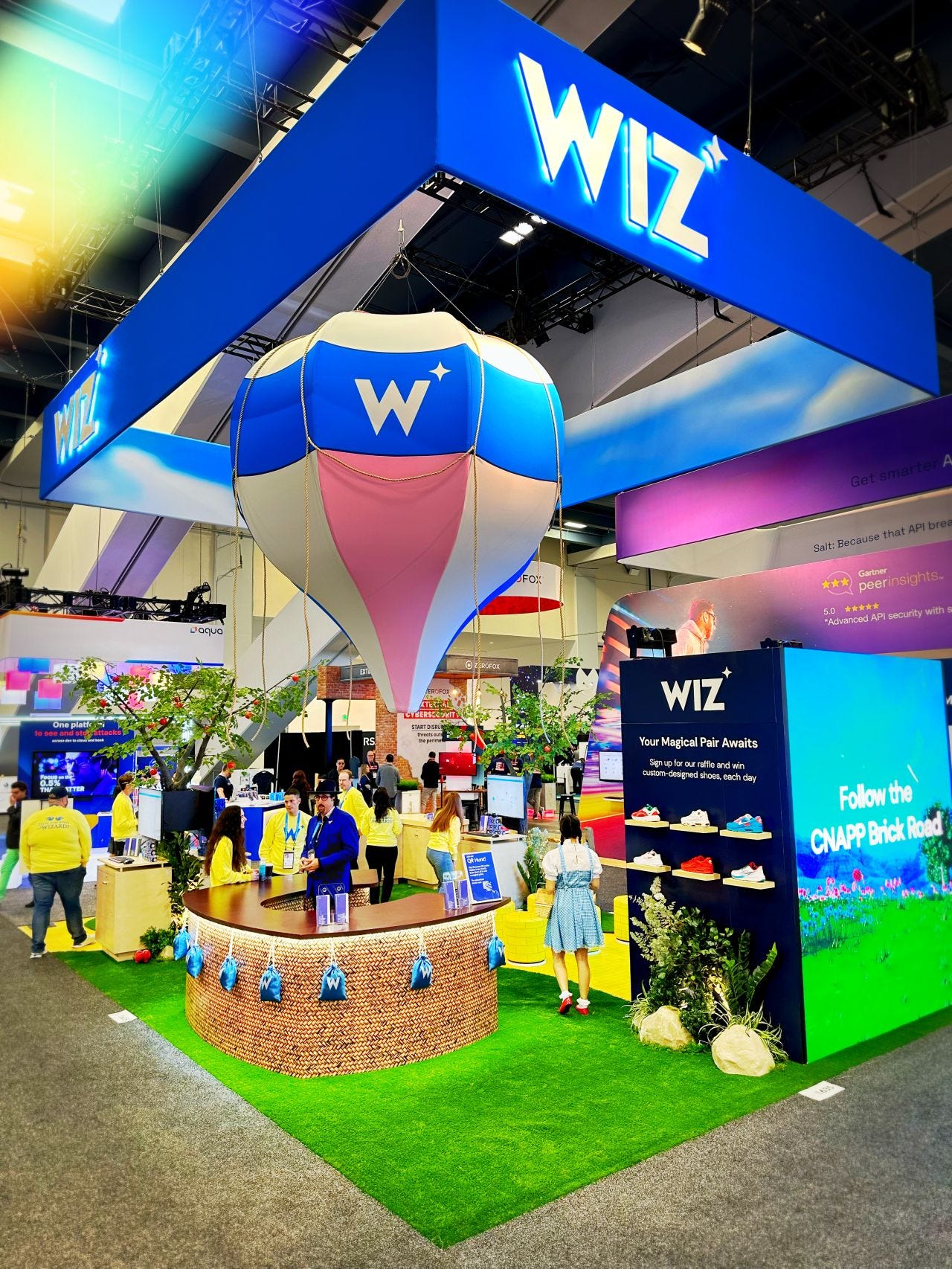

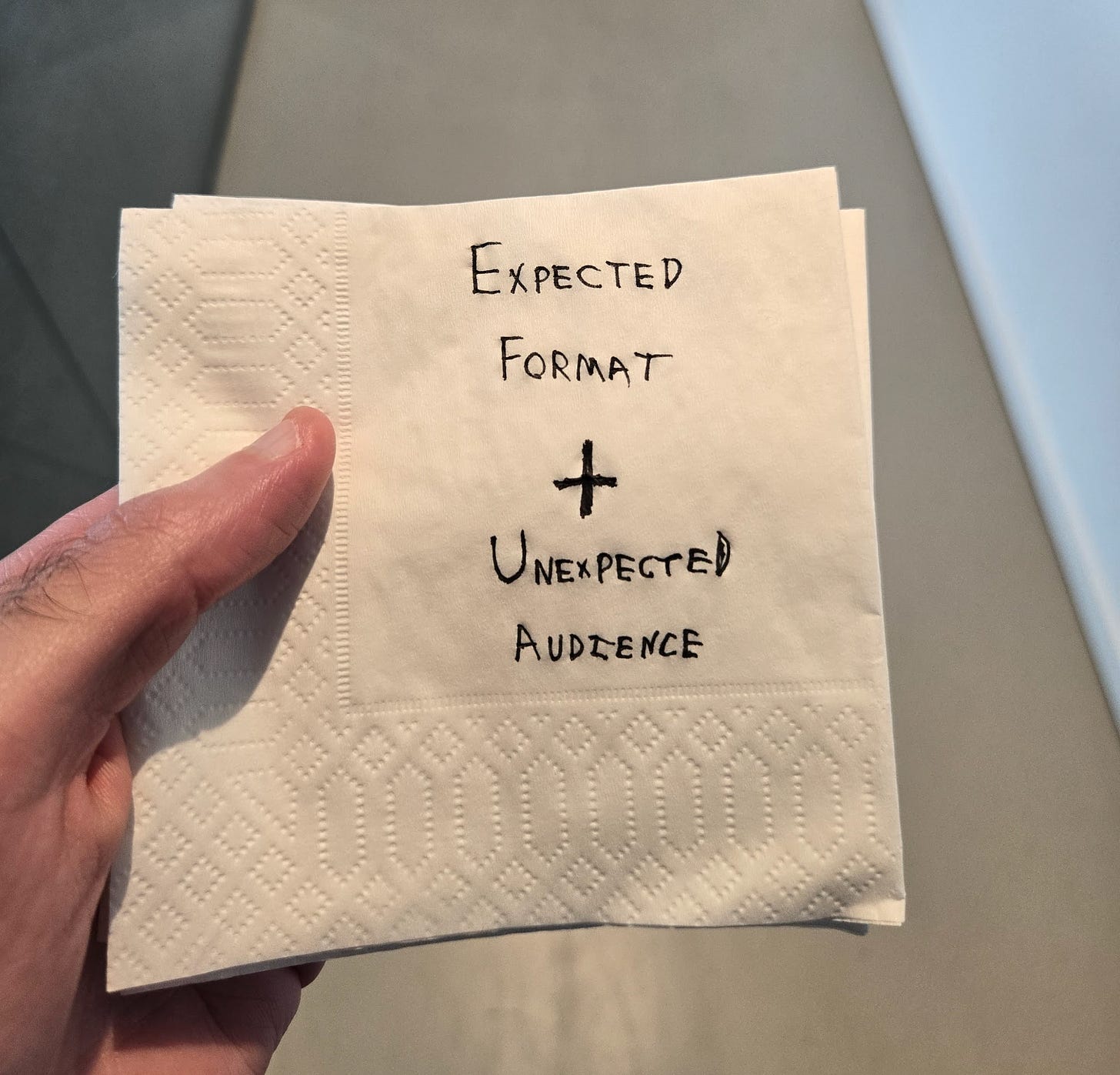


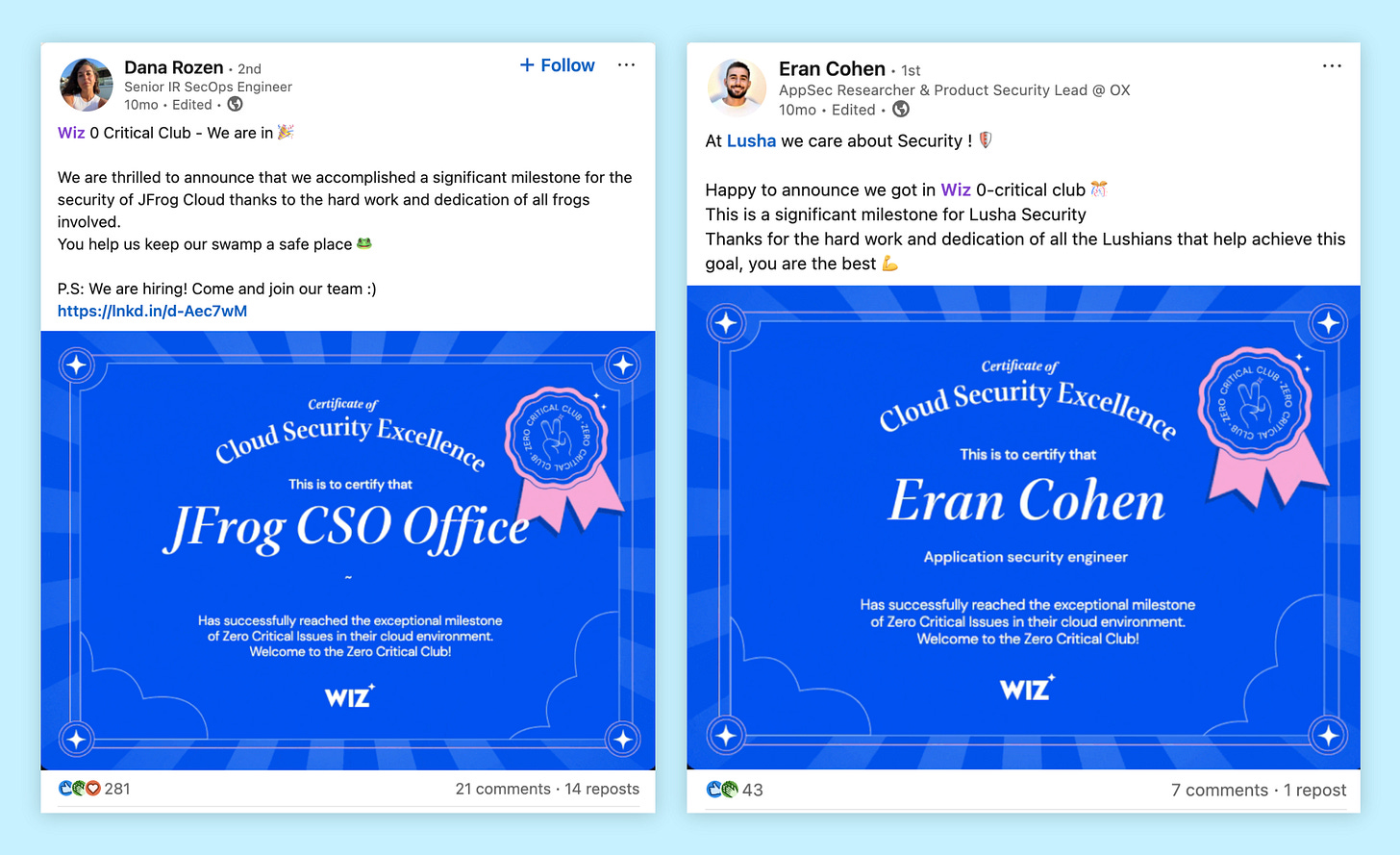
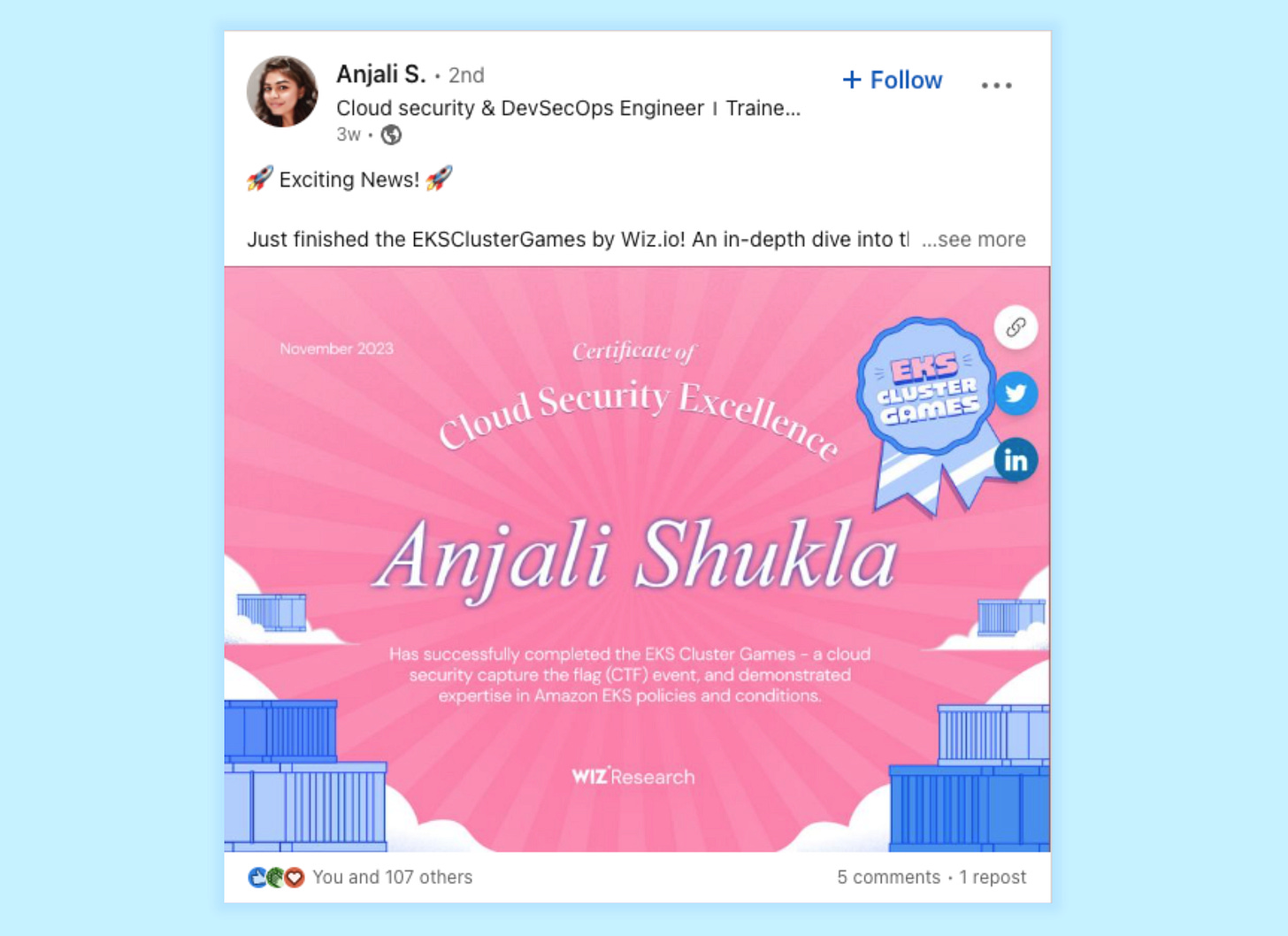
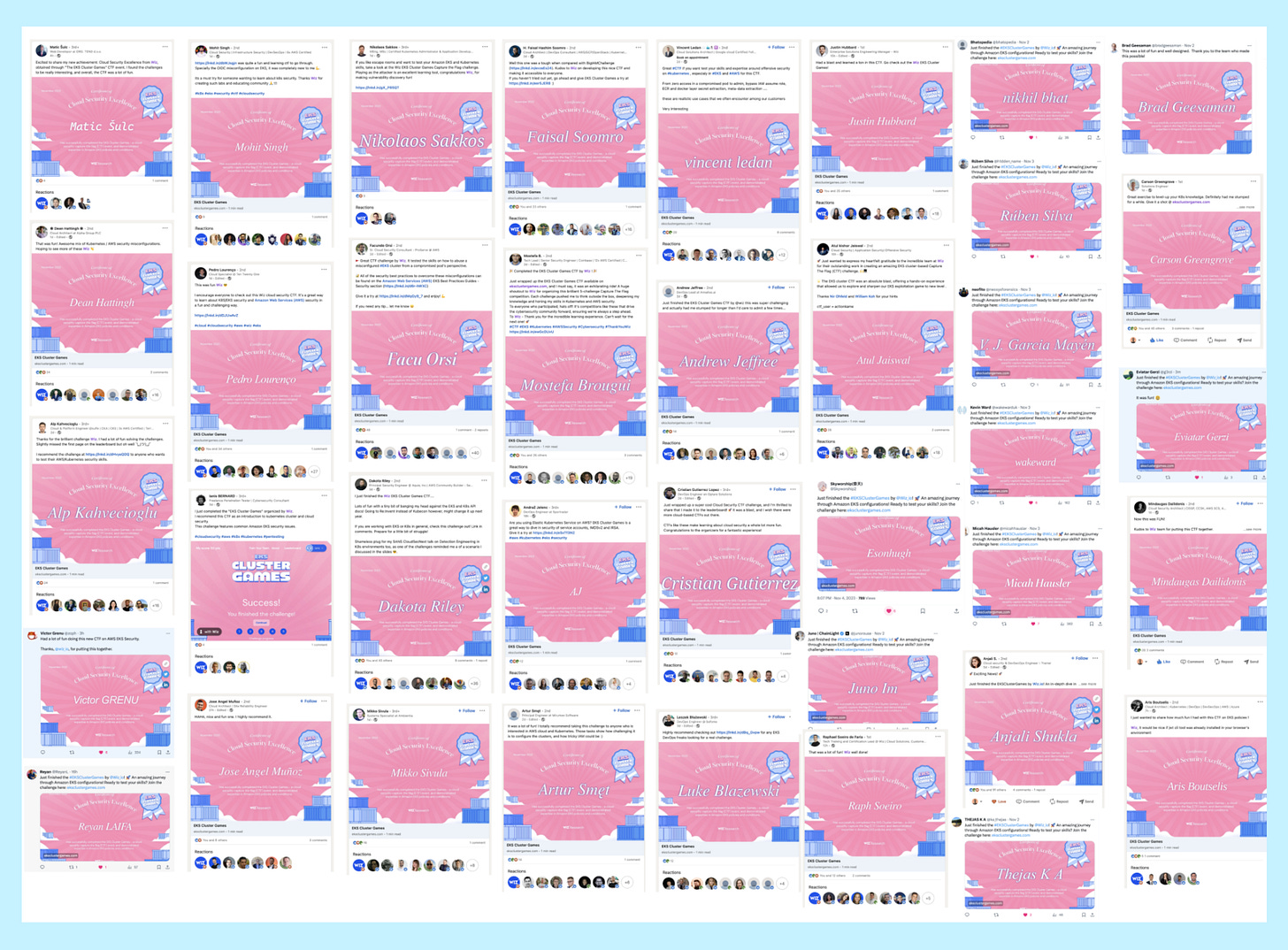

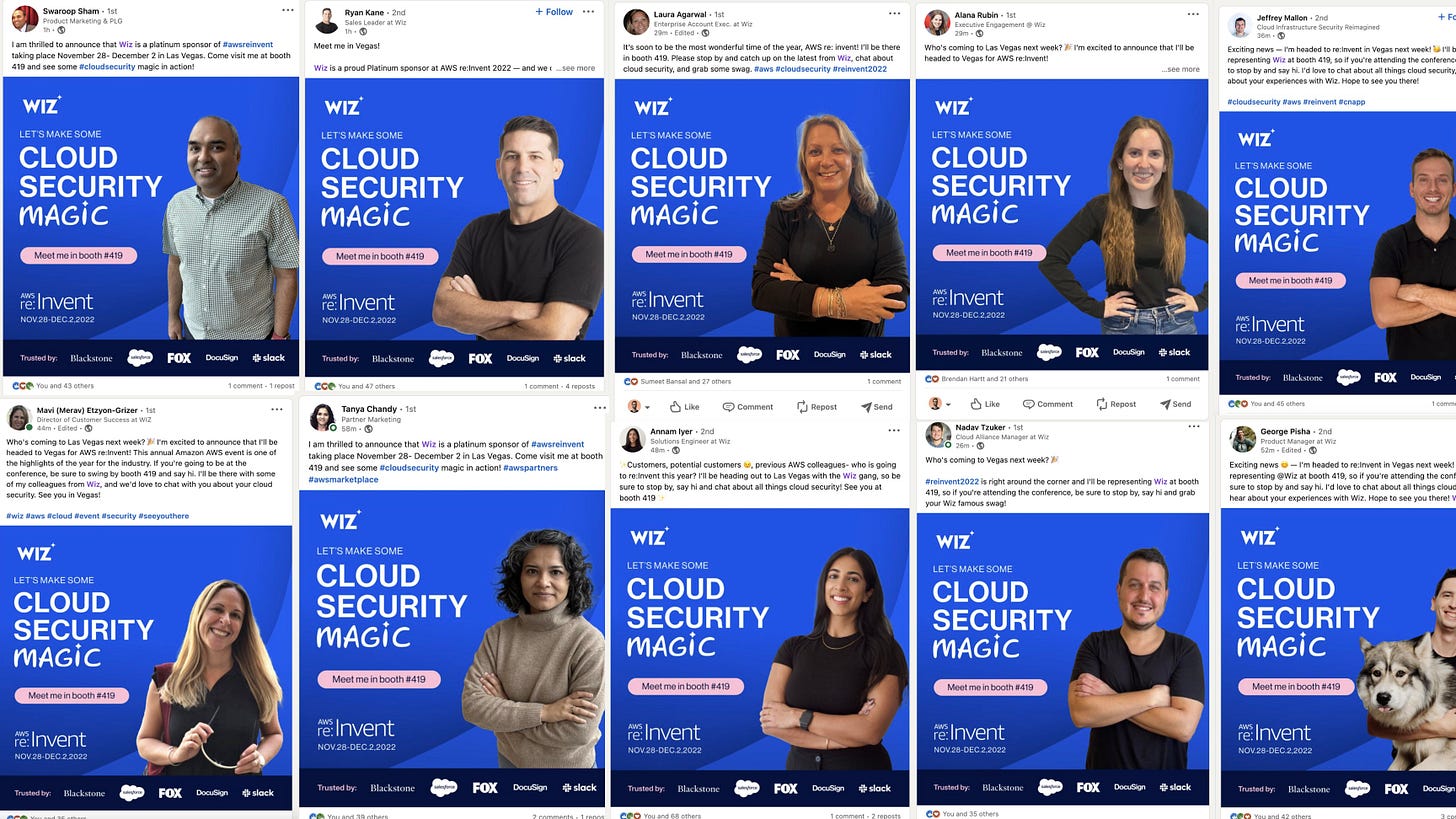


I really appreciate how you highlighted the so-called “failures” or better yet, the learning experiences. From the outside, it’s easy to see Wiz’s success and think it’s out of reach, but the reality is that the best ideas are born from iteration, persistence, and the willingness to keep shipping until something sticks. Thanks for sharing this, Tom!
Wow, sounds like you've had some real fun, especially in role that many companies would view as a purely data-driven one, without much room for creativity.
I agree fully with the "drop" model, btw. This is something that I'll be building into my next venture, or bringing with me to my next workplace.